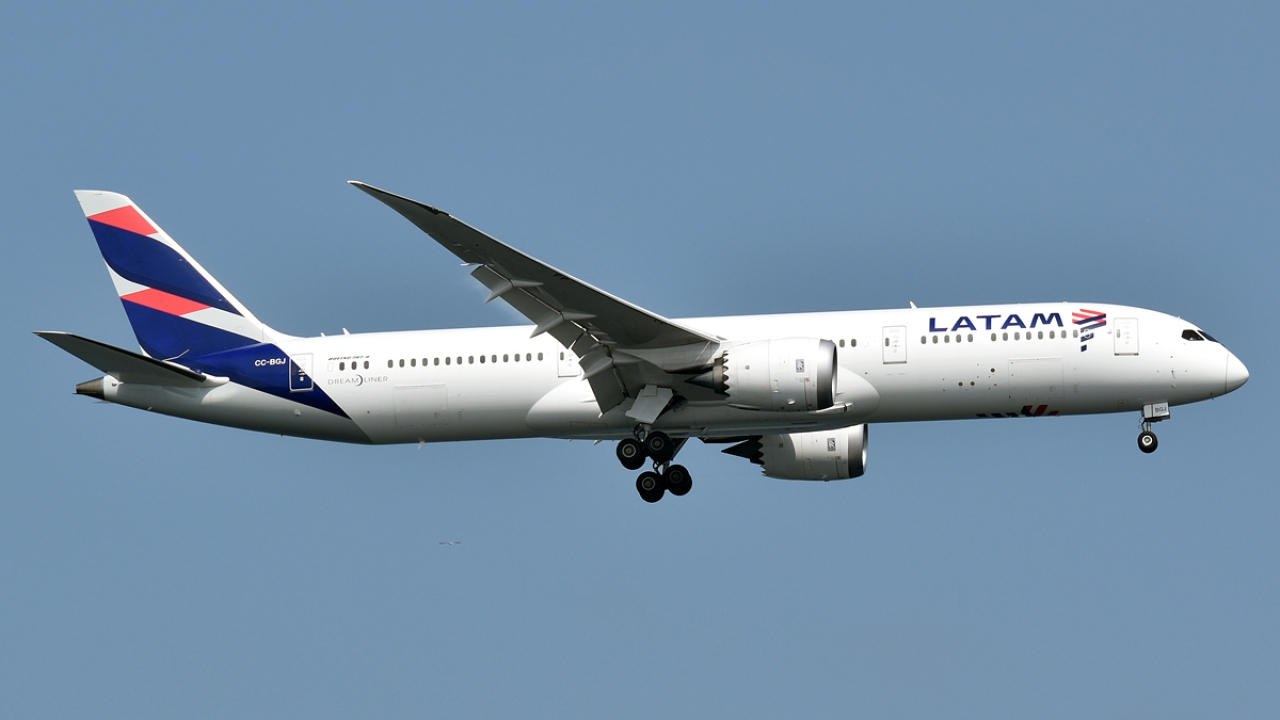Growing together...
The MRO industry in the Middle East faces challenges if it is to keep pace with the burgeoning growth in the region’s aviation sector. The MRO Middle East summit and exhibition presented delegates with a range of solutions, as Chuck Grieve reports.

Debra Santos said she “learned a lot”. Konstantyn Shyshkin said it was a “perfect platform”. Comments like these, from opposite ends of the industrial scale, help put 2019’s MRO Middle East exhibition and summit in perspective.
The two-day exhibition, co-located with Airline Interiors Middle East, attracted more than 5,000 visitors to Dubai World Trade Centre in February, with about 150 attending the one-day summit – for good reason.
Figures cited by the organisers put the expected annual growth of the Middle East fleet up to 2027 at 6.2%, with the region expected to generate $100 billion in MRO requirements over the next decade – 10% of the world’s total demand. Understandably, exhibitors and speakers were keen to showcase their innovations in technology and services.
Santos, chief marketing officer, commercial services for Boeing Global Services (BGS), and herself a summit panellist, was “impressed” with the industry issues brought out. “I was engaged the whole time.”
Shyshkin, chief executive of Spiral Technology and a first-time speaker and exhibitor, said the event gave start-ups like his the opportunity to gain visibility and raise awareness of breakthrough technologies among airlines and MROs in this region. “This event is a great combination of conference and exhibition; we’ve seen how committed the industry is to innovation and to trialling new technologies.”
Victoria Nicholls, media relations and marketing manager of MTU Maintenance, said the exhibition seemed busier than in previous years. “Long-term partnerships are very important in this market, and MRO Middle East helps us build relationships with key people,” she said.
Robbie Bourke, vice-president of Oliver Wyman, set the scene for summit delegates with his regional analysis and forecast, which identified labour shortages, fleet life, original equipment manufacturer (OEM) production issues and airline cost pressures as the key challenges facing aviation in the Middle East.
The ongoing labour shortage is “particularly acute” in the region and is pushing wages up, he said. MRO operators surveyed said attracting new entrants into engineering was the biggest challenge they faced.
Not surprisingly, there is “a preoccupation” with the feared impact of OEMs entering the aftermarket with aggressive targets for growth and market share. Most observers think their targets are unrealistic; leveraging advantages such as intellectual property (IP) will help OEMs come close to target, but so will the growth of the aftermarket.
Speaking later to reporters, Bourke also suggested Middle East MROs are in a good position to capture work from European and north African customers. Where many European airlines now fly to southeast Asia to get maintenance, the challenge to the regional industry “is to develop a reputation for cost, quality and convenience so they don’t fly 12 hours to Asia, but four to six hours to the Middle East”.
Mansoor Janahi, acting chief executive of Abu Dhabi-based TS&S Aerospace, said OEMs entering the aftermarket was an opportunity for independent MRO providers such as his company. OEMs “can only do so much” toward building their own MRO networks in support of operators, he said. “We partner with OEMs and become their gateway into the region. That’s the way forward for us.”
And it’s a two-way street. By being part of an OEM’s global alliance, TS&S receives engines from Asia and South America to service. An independent “needs constant dialogue” with the OEMs, he added.
Addressing summit delegates on innovation, Arun Chhabra, chief executive of 8tree, a specialist in surface inspection tools, said any successful new technology had to fit seamlessly into the role it was designed for – “Tailored so the workflow and processes don’t have to be changed.”
Companies should “pressure your providers to make tools that work for you, not repurpose tools they’ve already developed,” he urged.
There are barriers to adopting new technology, security being one of them. “Offset the risk by relying on experts,” he suggested.
His co-panellist, Shyshkin, said advanced technologies, such as artificial intelligence (AI), should be treated as enablers, not standalone tools. The mixed reality (MR) software being developed by his company, building on virtual and augmented reality (VR/AR) to make the real and virtual worlds interactive in real time, could offer “incremental improvements” in performing maintenance tasks. But it’s still evolving, which makes the calculation of return on investment (ROI) a case-by-case consideration.
Stay up to date
Subscribe to the free Times Aerospace newsletter and receive the latest content every week. We'll never share your email address.

